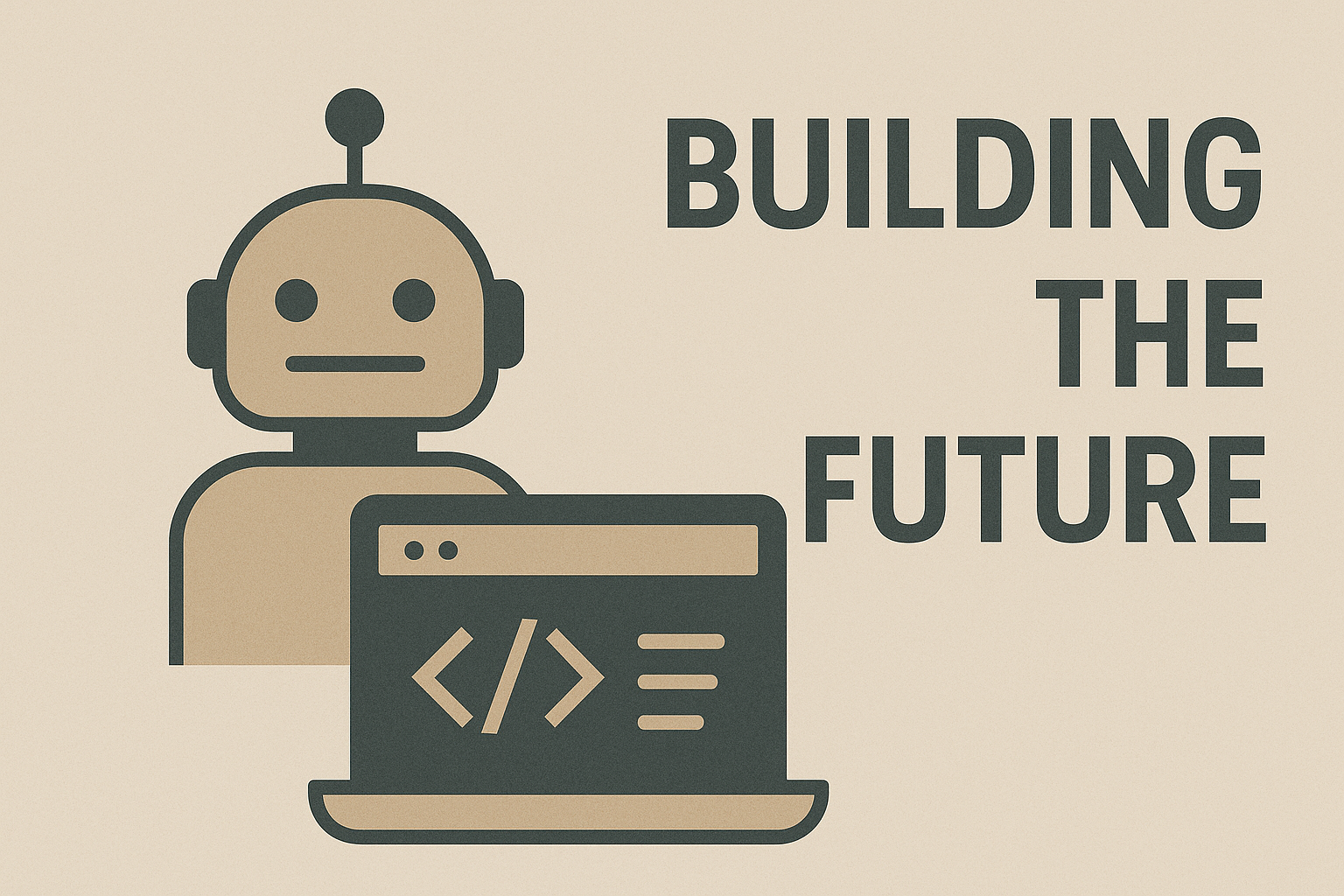Building the Future, Faster: Leveraging AI-Powered Tools with Your Favorite Open-Source Web Components in 2025
Discover how AI tools are transforming web development workflows in 2025. Learn to integrate, customize, and test open-source components faster using cutting-edge AI coding assistants.

AI is no longer a buzzword. It's a builder’s tool.
In 2025, two forces are reshaping front-end development:
- AI-powered development tools
- Open-source web components
You’ve likely used both. But are you combining them?
Why This Matters Now

Developers are under pressure:
- Ship faster without compromising on UX or performance
- Customize deeply without bloating the codebase
- Keep up with JavaScript fatigue and rapid framework evolution
AI and component-based architectures promise relief. But only if you know where they truly intersect.
The Hidden Friction in Component-Based Development
Web components offer modularity, reusability, and framework-agnostic structure. Sounds great. But in practice:
- You still waste hours searching for the right component
- Adapting them to your use case isn't plug-and-play
- Testing for edge cases or accessibility gets skipped under deadline pressure
So how can AI help?
AI for Component Discovery
Modern AI tools can already parse component libraries and offer intelligent suggestions:
- GitHub Copilot and CodeWhisperer can detect your project context and suggest UI components dynamically
- Visual search tools powered by NLP and computer vision (e.g., Uizard, Builder.io) are emerging to help you find components by description or sketch
Still missing? Unified interfaces to search across fragmented open-source ecosystems like WebComponents.org, Shoelace, or aboutmost.com.
Challenge:
Will AI remain stuck suggesting code snippets? Or will we see truly semantic, cross-library search by function and context?
AI for Customizing & Extending Components
This is where AI shows real promise:
- Suggesting props or CSS customizations based on design systems
- Auto-generating logic extensions (e.g., adding sorting to a table)
- Translating components from one framework to another (e.g., Lit → React)
Try this:
Prompt an AI tool with:
“Convert this Shoelace modal into a full-screen onboarding flow with back/next logic and analytics tracking.”
You’ll get 80% of the way there. But will it respect performance constraints? Accessibility standards? Your design language?
Think twice:
AI can scaffold. But should you trust it to extend your brand's component logic without human oversight?
AI in Component Testing
One of the most overlooked use cases:
- AI-generated unit tests for component props
- Visual regression testing from AI vision models
- Accessibility audits based on learned best practices (e.g., color contrast, ARIA roles)
Tools like Testsigma, Playwright with AI plugins, and Polypane are closing the gap between best-practice and actually-implemented.
But testing AI still lags. There’s risk of:
- False confidence in flawed AI-generated tests
- Missed edge cases outside training data
Ask yourself:
Are you testing for real-world behavior or just satisfying coverage metrics?
Case Study: AI + Aboutmost.com Component Integration
Let’s say you found a responsive nav bar on aboutmost.com. You want to:
- Add authentication logic
- Make it theme-aware
- Integrate route-aware state
With an AI assistant like Cursor or Codeium, you can prompt:
“Add login/logout buttons and highlight current route using React Router.”
Results?
- You’ll get workable boilerplate
- But tuning it for edge cases or performance? Still manual
- AI lacks full understanding of your component’s dependencies, business logic, or state management conventions
Looking Forward: What AI Could Unlock Next
- Real-time component composition: Drag and drop AI-curated blocks into your project, schema-first
- Personalized component marketplaces: AI learns your preferences and builds a custom library
- Code + design parity: AI synchronizes changes across Figma and codebase
But this only works if:
- Open-source maintainers adopt standard metadata schemas
- AI models gain access to component docs, changelogs, and usage patterns
Ethical Red Flags You Can’t Ignore
Don’t let speed blind you:
- Is AI suggesting GPL components into your MIT project?
- Are auto-generated components embedding biases from training data (e.g., poor accessibility defaults)?
- Are you reviewing AI-generated code—or deploying blindly?
Fast ≠ safe. You remain responsible for what ships.
Final Thought: Use AI to Think, Not Just Code
AI is not your co-founder. It’s not your senior developer.
It’s a tool. Use it like one.
- Let it suggest, but decide consciously
- Let it accelerate, but don’t abdicate
- Let it generate, but you must integrate
You build the future—not the algorithm.